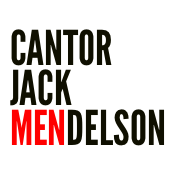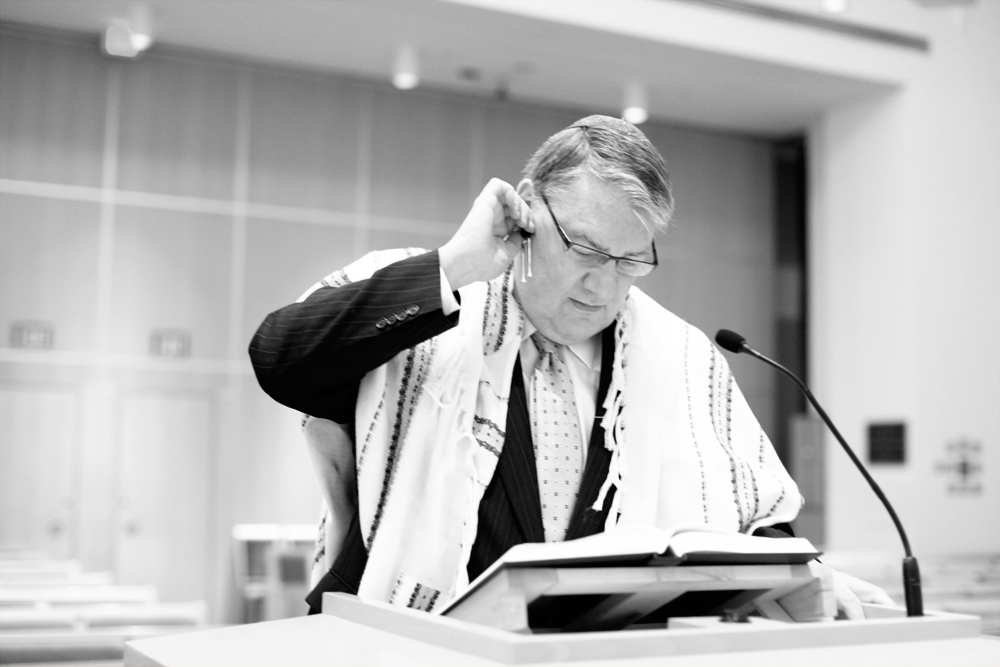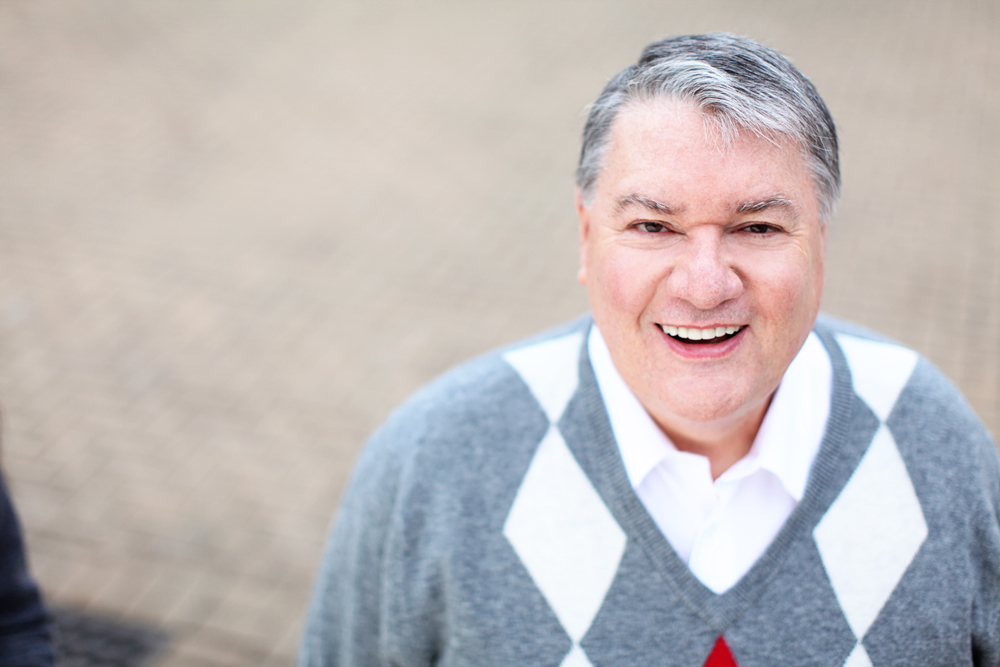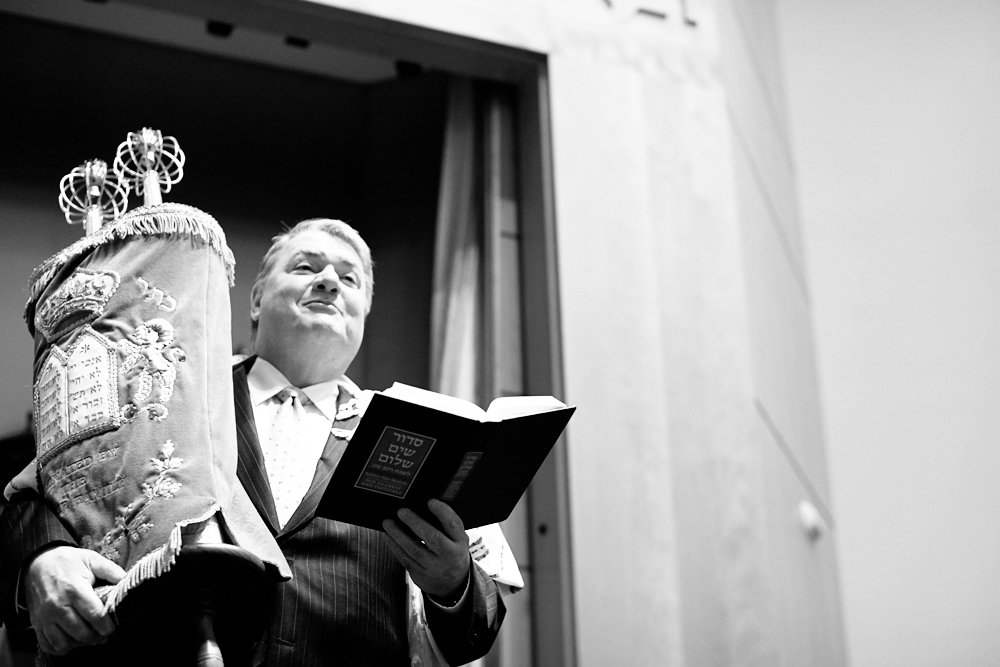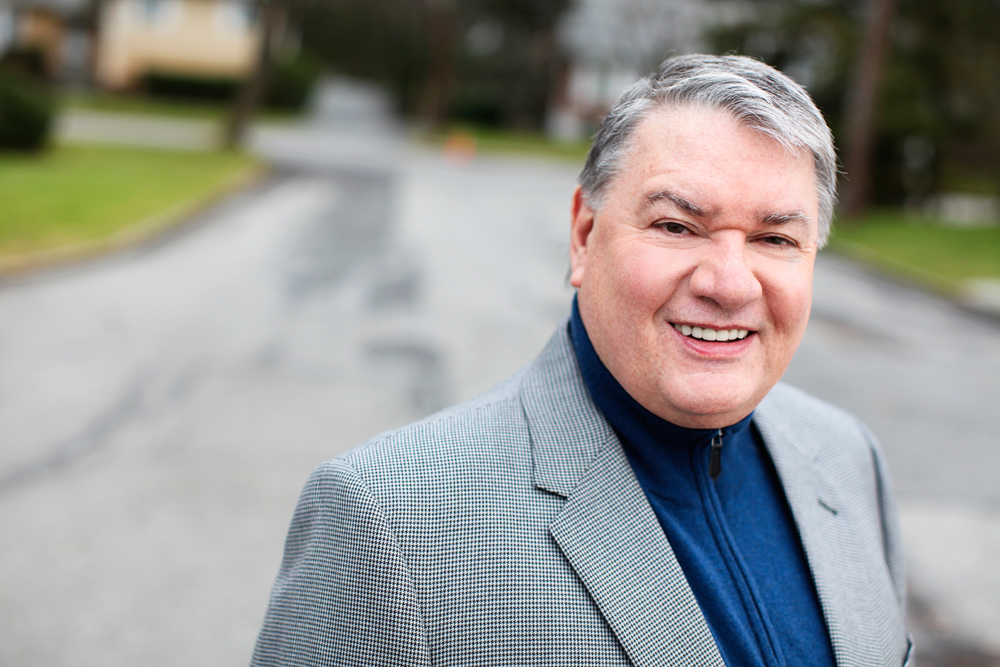Thoughts About Chazzanut
My first guest blogger is Rabbi Margaret Moers Wenig, D.D. She is, among other things, a brilliant liturgist, and teacher of liturgy and homiletics at the Hebrew Union College. She joined me at my congregation this year for the Holy Days. Below are her reflections on her prayer experience at my shul.
—Jackie
On Rosh Hashanah morning my daughter and I were in shul for only four hours (we’d arrived late). “Only” four hours! And yet, I didn’t want Musaf to end.
Listening to the Cantor, and sitting between two people who were harmonizing with him, my body was literally trembling. From time to time, I clutched my daughter’s arm (she’s an adult, she could handle it). I imagined that if I didn’t hold on to her I’d lose contact with the ground, fly up to the ceiling, born aloft by the Cantor’s prayers, our prayers, to which the Cantor was giving voice. I could feel the vibrations of sound in my own body. I have had this experience before, listening to live performances of music in concert, but never before have I had this experience in shul.
The shul was Temple Israel Center of White Plains, the Cantor, Jacob Mendelson.
If my description above sounds overly dramatic or hyperbolic, please trust me: not a word did I exaggerate. Those who know me know that I am not prone to hyperbole nor to excessive praise.
In fact, I do not write this blog in order to praise Cantor Mendelson per se. I write it because there are many in the Jewish world who would happily say “Good-bye forever,” to chazzanut in favor of exclusively sing-along, folksy melodies. I have davened in many independent minyanim, in the Carlebach shul (when Rabbi Carlebach was still alive and also subsequently), at Hillel, in synagogues in Jerusalem and in New York—in all of which the congregational singing felt like it came from the depths of the souls of those praying, was spirited, joyous, and carried me away. And I continue to love just such a davening experience. But congregational singing lacks one thing: the nuance that a solo voice can bring, the range of expression that a solo voice can bring, the unique interpretations of words that an individual can bring, the highlighting of a single word or phrase that a chazzan can effect with his or her voice, the feeling of being represented in prayer by some one person who knows so, so much more than I do and who illuminates for me something new each time he or she improvises. I love congregational singing, but it cannot bring what a great chazzan can bring to my experience of prayer.
At Temple Israel Center, we had both: congregational singing and a great chazzan. I have heard many a chazzan, and they haven’t all made me tremble. From that I conclude that for me, at least, chazzanut can be about ego, showmanship, interminable elongation of prayers, not in service of the words, not addressed to God, alienating, distancing, and irrelevant or worse. But for me, at least, some chazzanut makes me not want to leave the shul but to remain “in God’s presence,” forever, a presence which the Cantor has enabled me to glimpse, or, more accurately, to feel in my very body.
I wish I could describe in words what Cantor Mendelson did this Rosh Hashanah and Yom Kippur that gave me that glimpse, that sense in my body, of God’s majestic and also forgiving presence. But my words simply cannot communicate what Cantor Mendelson’s voice communicated, cannot affect what he affected in me through his praying on our behalf. Nonetheless I want to try to identify some of the characteristics that made his chazzanut so moving to me:
- Even with his tremendous voice and tremendous personality, I never felt that his chazzanut was about him. This was particularly driven home for me by his invitations to certain young members of the congregation to sing some prayers by themselves, or in duets with him. He literally stepped to the side of the amud (“reader’s desk”) to allow them to stand at its center. Some of the young people had angelic voices, voices that literally took my breath away the minute they opened their mouths, and Cantor Mendelson was clearly not threatened by competition from them. On the contrary he had “discovered” them and encouraged them and taught them and mentored them, as he has done throughout his career. And some of the young people he invited could sing sweetly but their voices were nothing special. And Cantor Mendelson was generous enough to share the bimah with them as well.
- Cantor Mendelson’s praying was seamless (despite many interruptions that could have thrown him off but never did). He seamlessly segued from nusach to chazzanut, and seamlessly mixed different genres of music in a single prayer just as the machzor (High Holy Day prayerbook) itself mixes different genres of prayers composed over more than a thousand years.
- He had trained his quartet to serve as m’shorerim without whose humming chazzanut can sound as though it’s “missing something.”
- He brought out words and phrases that I had not noticed before or had not paid close attention to. Words and phrases in the middle of prayers where, were it not for his chazzanut, they might be lost in the forest.
- He sang sweet little melodies (e.g. Ashrei haam yodei t’ruah/ Yihalelu, and later U’vechein, thrice) that I left shul singing in my head;
- And playful melodies (e.g. V’chol maaminim) that allowed us to have fun even in the midst of the seriousness or the grandeur of what surrounded them.
- His petitions sounded like his own petitions (e.g. Hinneni and Ochilah l’el), not scripted, not notated (even though they were of course both scripted and notated).
- There was tenderness to melt the heart (e.g. Ut’gadel k’vodo, the first Hayom harat olam, Zacharti lach, Miyichyeh umiyamut which was sung by children).
- There was grandeur (e.g. V’al y’dei avadecha han’viim katuv leimor, V’af hu haya mitkavein), on Rosh Hashanah, when the liturgy focuses on the sovereignty of God, there was grandeur and majesty a plenty.
- There was modesty, humility (e.g. Sh’ma koleinu).
- There was joy (e.g. the public recitation of the short vidui: Ashamnu bagadnu) in the knowledge of God’s promise of forgiveness.
- There was a big, huge voice (a shofar gadol) and, yes, even a pianissimo (a kol d’mamah dakah).
- There was much evocative word painting (e.g. when the soprano in the choir mimicked the sound of a flute while Cantor Mendelson sang K’vakarat roeh edro).
And there was my feeling, too many times to count, “I can’t believe what Jack just did. That was a miracle. That was wondrous. My God! God gave Cantor Mendelson a great gift and he is using it on behalf of the Jewish people in the service of God. On hearing this, how can one not believe in God?”
